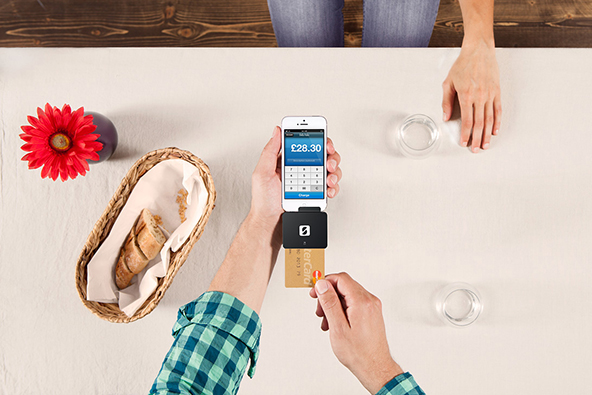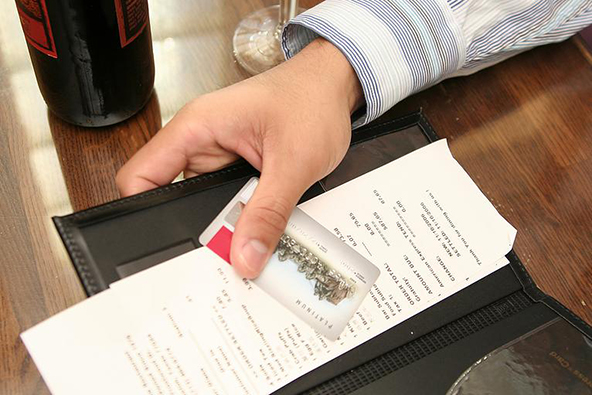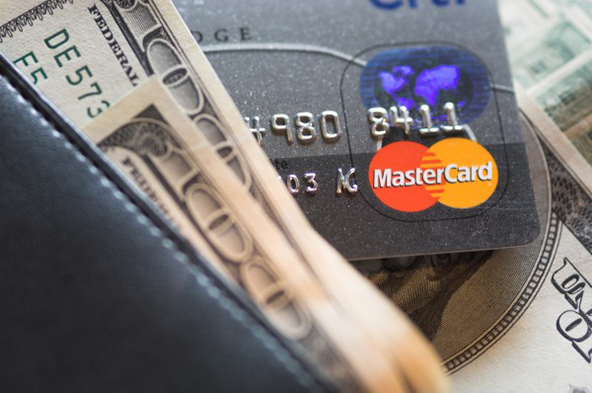Is Pricing Really the Deciding Factor in the Mobile Payments War?

Well, that is at least what The Financial Times’ Henry Mance claims in a cursory overview of the European market of Square clones. Already several European mobile payments companies offer Square-type credit card acceptance, Mance informs us, and the competitors “are now engaging in a price war, ripping up the 2.75 per cent transaction fee that Square made standard”. The author then proceeds to review the latest pricing moves of a couple of Europe’s most prominent Square clones and concludes that “2.75 per cent is no longer a magic number”.
OK, so what do I make of that? Well, I have enormous respect for The FT, so I will choose my words very carefully: this is the worst piece of reporting I’ve ever read in this newspaper. Not only has the author been incredibly lazy in gathering the necessary information for his article, but his analysis is completely misguided. But then, in Mance’s defense, I’m only an expert in the payments field, so there is a possibility that similarly dense reasoning may not be all that uncommon in The FT. But let’s just stick to Mance’s piece for the time being. What makes it so bad? Well, let’s see.
The State of Square Cloning in Europe
So Mance is basing his conclusions on the latest pricing moves made by two European Square clones: iZettle and SumUp. The former uses a sliding (literally) pricing scale where the user’s card processing rate is determined by her monthly volume. The lowest rate is 2.75 percent for monthly volumes ranging from ?ú0 – ?ú2,010 and then gradually declines as the volume increases. At ?ú3,000, the rate is 2.39 percent, at ?ú5,000 — it is 1.92 percent, at ?ú10,000 — it is 1.54 percent and at volumes of ?ú12,820 or more the rate is 1.50 percent.
But here is the thing: although Mance has not deemed it worth mentioning, the sliding rate scale is only available in the U.K. All other European countries, in which iZettle operates — Sweden, Norway, Finland, Spain and Germany — still charge a flat, Square-like, 2.75-percent rate for swiped transactions and a higher one for payments that are keyed into the chip-and-PIN card acceptance device (which, by the way, is not free). Furthermore, in the two non-European countries, in which iZettle operates, the rate is even higher: 5.75 percent in Brazil and 3.75 – 4.75 percent in Mexico.
Similarly, SumUp’s rates vary from country to country, but are comparatively lower than iZettle’s. In the U.K., the processor has set a flat 1.95-percent rate per transaction. In Germany, the rate for debit cards is 0.95 percent and 2.75 percent for MasterCard and Visa card payments. In Spain, France and Ireland, the rates are 1.5 percent, 1.75 percent and 1.95 percent per transaction, respectively, with no special cases listed.
So what does all that pricing information tell us?
Pricing Is Not Square’s Weakness
As Mance notes, correctly, processing card payments in Europe is cheaper than it is in the U.S. At present, European interchange rates vary widely and can be as high as 1.6 percent on credit card transactions in Germany, and as low as 0.8 percent in Britain, where card usage is higher. That explains why SumUp’s rates vary from one country to another. A European Commission proposal currently under consideration aims to lower card rates further: if it is accepted, debit interchange rates will be capped at 0.2 percent of the transaction amount and credit interchange rates — at 0.3 percent.
But how exactly do lower European interchange rates scare Square away, as Mance claims? After all, Square can easily match SumUp’s rates and still enjoy margins as high as in the U.S. Never mind, Square has already done just that in the U.S., where it pays higher fees to process card payments! Though Mance is strangely quiet on the subject (I wouldn’t go as far as suggesting that he hasn’t done his homework), Jack Dorsey’s outfit has long been offering a flat, $275-per-month pricing, with a zero-percent per-transaction fee for its users’ first $21,000 in swiped or online payments. As we’ve noted before, if you switched to Square’s flat-fee plan and accepted $20,000-worth of swiped transactions over the course of the next full month, you would be charged twice less in processing fees than you would have been if you had stuck to the pay-as-you-go arrangement. In other words, your effective processing rate would have been 1.38 percent, which is right there with the lowest SumUp rates. And does anyone doubt that Square would hesitate to do something similar in Europe, where it would be paying much lower interchange rates than it is in the U.S.?
Moreover, pricing aside, Square’s suite of services is much more advanced than those of the processor’s European clones. Furthermore, as Mance also notes, the U.S. company is much better capitalized than the Europeans:
SumUp has raised in excess of ?é¼20m from investors including American Express, BBVA Ventures and Groupon. iZettle has raised ?é¼49m from Santander, American Express, Index Ventures and others. Meanwhile, Square has raised $341m, and was valued last year at $3bn.
And as anyone who’s been paying any attention knows, Square is not afraid of spending its money just as quickly as it can — on the contrary, the processor’s marketing onslaught has been unrelenting ever since the company opened for business. This blogger, for one, can’t even open a browser, without being greeted by a Square ad.
The Takeaway
So no, Square is not afraid of its competitors’ pricing moves. What Mance isn’t telling us is that some of the processor’s U.S. rivals have been trying for years to beat Square on pricing, with no success at all. In fact, The Washington Post is reporting that one of these competitors — Intuit — which charges a rate of 1.75 percent, in addition to a $12.95 monthly fee, has apparently given up on outcompeting its rival altogether and decided to partner with it instead. I suspect that, should Square ever decide to cross the Atlantic, Intuit’s European counterparts will find it equally impossible to compete on price.
Image credit: SumUp.


